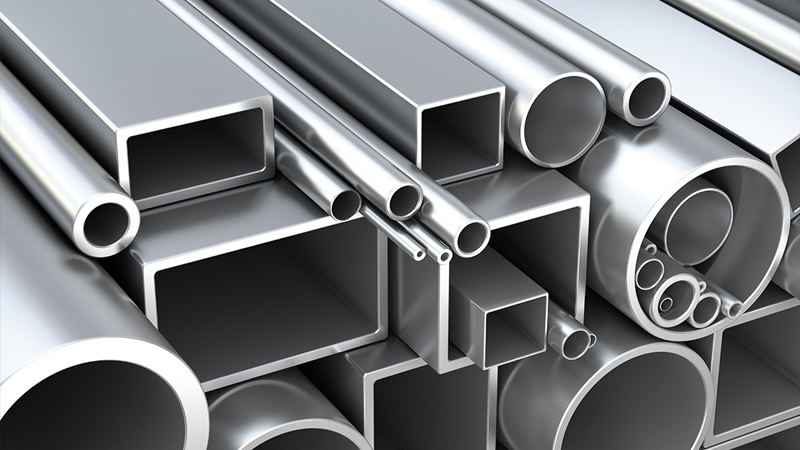
Il trasporto di fluidi utilizza diversi tipi di tubi, tra i quali i tubi più comunemente usati sono i tubi flessibili e le tubazioni. Sono efficienti nel trasferimento di liquidi da un punto all'altro. Discuteremo la differenza tra tubo e tubo in questo articolo.
Tubo
Un tubo è un cilindro cavo o una sezione tubolare, che viene utilizzato nel trasporto di sostanze che scorrono. Sono tipicamente utilizzati per applicazioni strutturali, fabbricazione e ringhiere. Tubo e tubi possono essere intercambiabili. Tuttavia, quando si tratta di ingegneria e industria, questi termini hanno definizioni separate. I tubi vengono solitamente installati per scopi a lungo termine. Il flusso dei liquidi è supportato da tee e gomiti.
Tubo flessibile
Un tubo è un tubo a forma cava creato per trasmettere fluidi da un punto all'altro. I tubi flessibili sono costruiti in base all'applicazione e alle prestazioni. Di solito sono progettati in base alla loro pressione nominale, peso, lunghezza, tubo flessibile a spirale, tubo dritto e compatibilità chimica. Esistono vari tipi di manichette in base alle loro applicazioni, come manichette da giardino, manichette antincendio o manichette dell'aria. Di solito vengono utilizzati con rubinetti o morsetti per gestire il flusso d'acqua.
Differenza tra tubo e tubo:
Un tubo è un tubo a forma cava creato per trasmettere fluidi da un'area all'altra.
Un tubo è un cilindro cavo o una sezione tubolare, che viene utilizzato nel trasporto di sostanze che scorrono.
Un tubo è più piccolo del tubo.
Il tubo è composto da un materiale più flessibile rispetto ai tubi che sono composti da tubi rigidi.
I tubi flessibili sono una combinazione di vari materiali in poliuretano, polietilene, nylon e fibre naturali o sintetiche, mentre i tubi sono realizzati in fibra di vetro, metalli, ceramica, plastica e cemento.
Un tubo ha generalmente una sezione trasversale circolare mentre i tubi possono averne o meno una.
Transportation of fluids uses different types of tubes, among which most commonly used tubes are hoses and pipes. They are efficient in transferring liquids from one point to the other.We will discuss the difference between hose and pipe in this article.
Pipe
A pipe is a hollow cylinder or tubular section, which is used in conveying substances that flow. They are typically utilized for structural applications, fabrication and railings. Tube and pipes can be interchangeable. However, when it comes to engineering and the industry, these terms have separate definitions. Pipes are usually put up for long-term purposes. The flow of the liquids is supported by tees and elbows.
Hose
A hose is a hollow-shaped tube created to transmit fluids from one point to the next. Hoses are built based on application and performance. They are usually designed based on their Pressure rating, weight, length, coil hose, straight hose and chemical compatibility. There are various types of hose based on their applications, such as garden hose, fire hose or air hose. They are usually used with spigots or clamps in order manage water flow.
Difference Between Hose and Pipe:
- A hose is a hollow-shaped tube created to transmit fluids from one area to the next.
- A pipe is a hollow cylinder or tubular section, which is used in conveying substances that flow.
- A hose is smaller than pipe.
- Hose is composed of a more flexible material compared to pipes that are composed of rigid tubes.
- Hoses are a combination of various materials from polyurethane, polyethylene, nylon and natural or synthetic fibers while pipes are made from fiberglass, metals, ceramic, plastic and concrete.
- A hose generally has a circular cross section while pipes may or may not have one.

- Log in to post comments